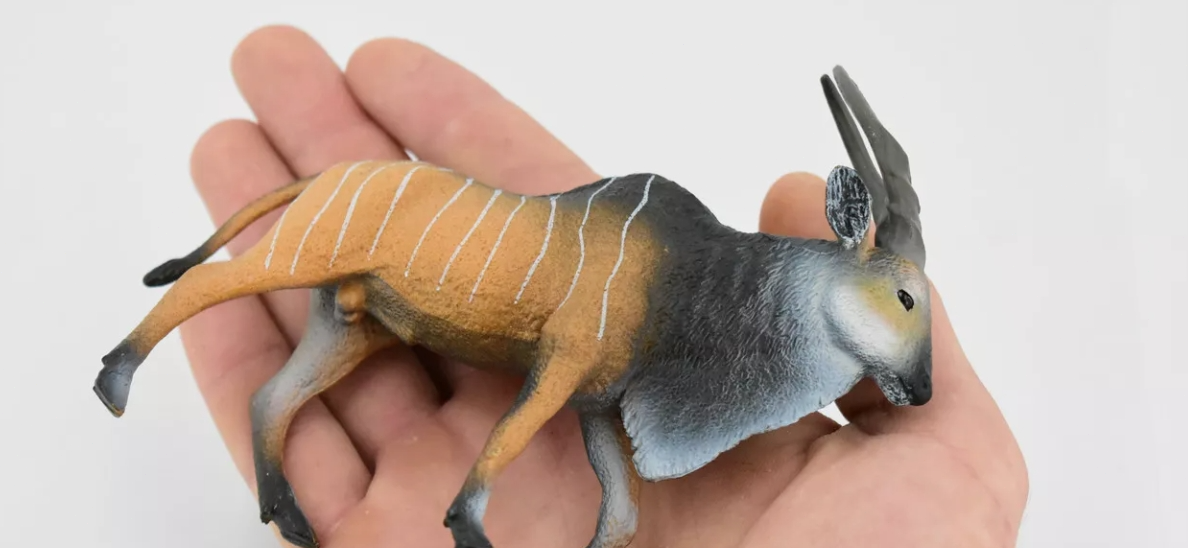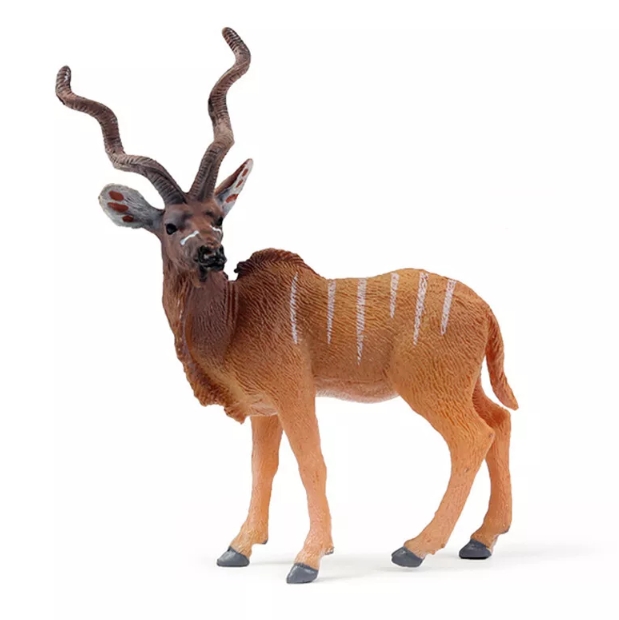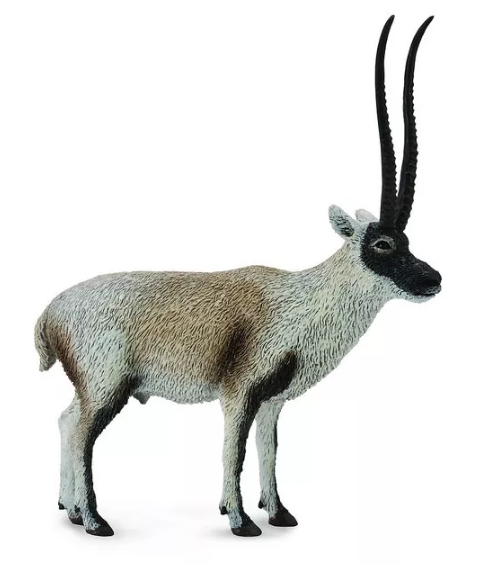The antelope model is a theoretical model widely used in ecology and biology to describe the behavior of animal groups and their interactions with the environment. The model is inspired by the social and migratory behavior of antelopes, and through simplified assumptions, is able to effectively simulate complex ecosystem dynamics.
In the antelope model, animals are seen as agents with certain individual characteristics, capable of making decisions based on environmental changes and interactions within the group. This model emphasizes the collective effect of individual behavior and embodies the phenomenon of self-organization. Under certain environmental conditions, antelopes choose to congregate or disperse, depending on the availability of resources, the presence of predators, and the social structure within the community.
An important feature of the antelope model is the consideration of information transfer and feedback mechanism. In groups, individuals interact with each other through simple rules to form complex group behaviors. For example, when an individual discovers a food source, it relays that information to other members via visual or acoustic signals,which in turn guide adjustments in group behavior. This kind of information transmission mechanism not only promote the effective utilization of resources,also enhances the individual in the face of the ability to adapt to environmental changes.
In addition,the antelope model is of great value in studying ecological balance and population dynamics. By simulating antelope behavior patterns,researchers can predict population growth,migration,and extinction under specific environmental conditions. In addition,the model can also be applied to conservation work to develop more effective conservation measures by understanding the survival strategies of antelopes in different habitats.




